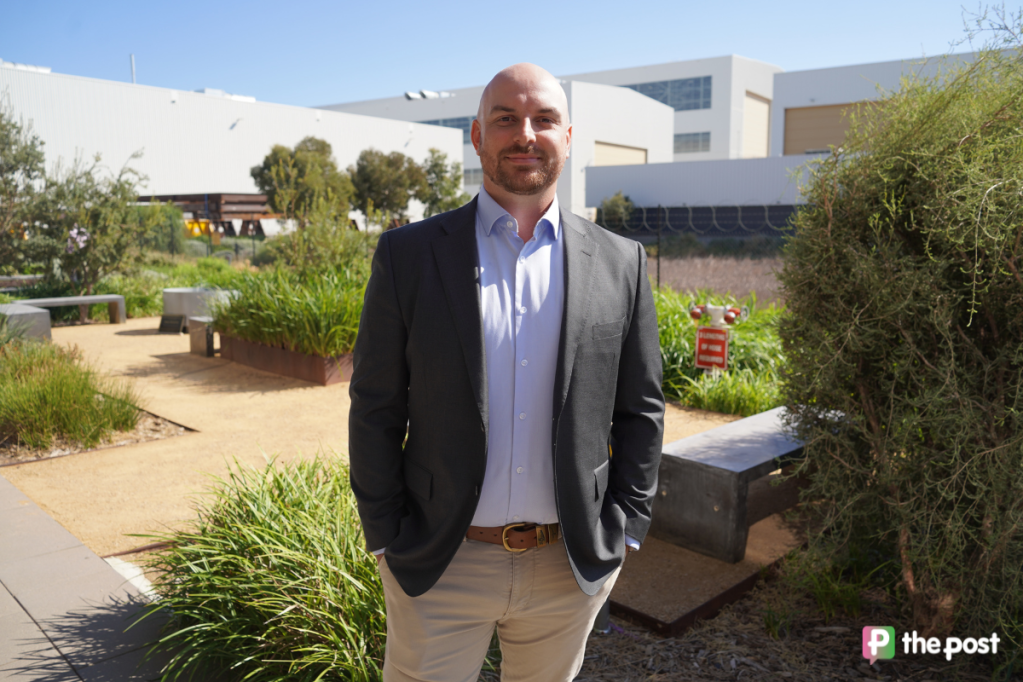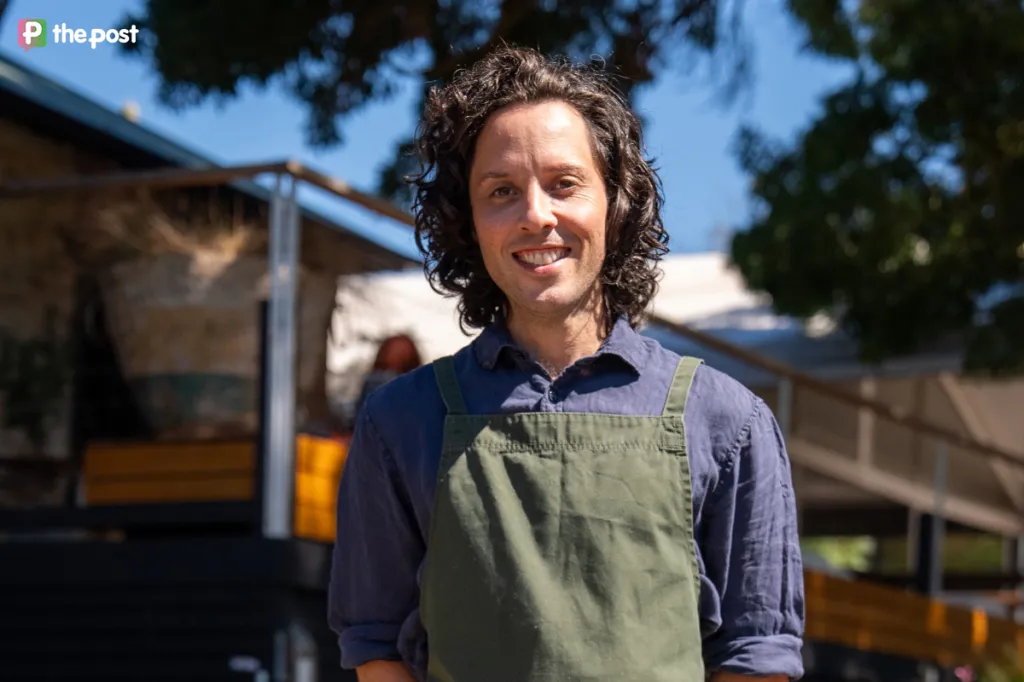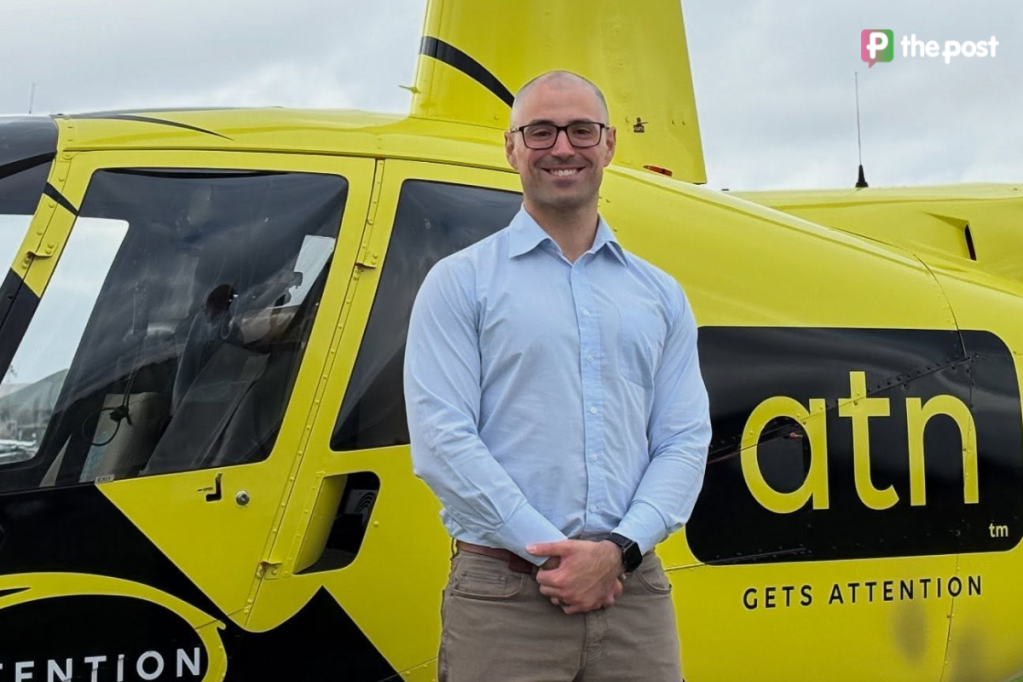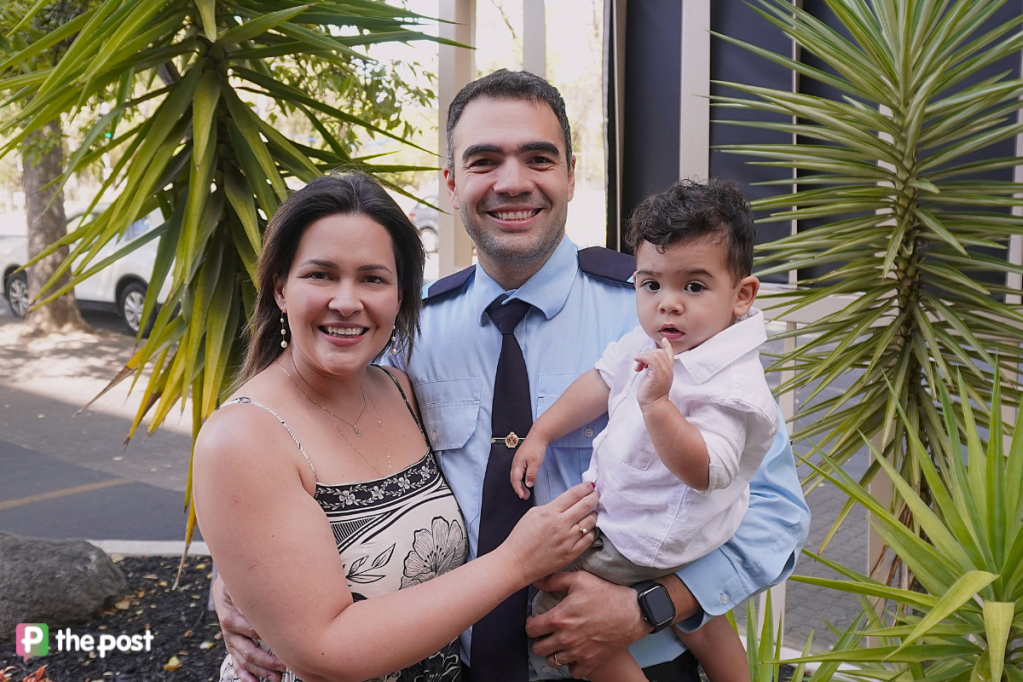Doctors call meeting to tackle ramping and stop blame game
The Australian Medical Association in South Australia (AMA SA) is bringing together healthcare leaders from across the system to address the stubborn problems underpinning bed block and ambulance ramping.
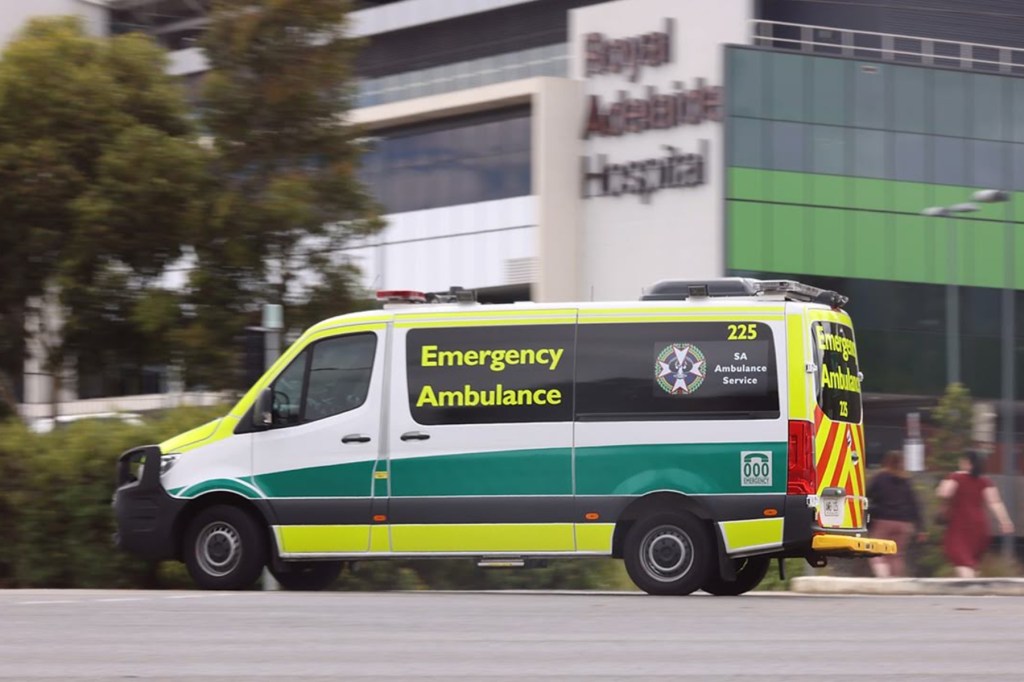
AMA SA President Dr John Williams said today launched the “AMA SA Access to Care Round Table”, which he said will look at ways to help “patients navigate an increasingly complex health system and reduce preventable hospital admissions”.
Dr Williams said it was time to “stop the blame game and work together to find solutions” now that the federal election has been called and the state election is a year away.
The blame game was well and truly evident in last week’s Leaders’ Debate between Premier Peter Malinauskas and Opposition Leader Vincent Tarzia.
Tarzia said the Premier created distractions rather than solving the problems he promised to fix when elected.
“This guy said he would fix the ramping crisis. I am surprised he didn’t get the Sheffield Shield at the Adelaide Oval because he is pretty good at shifting the goal posts,” Tarzia said.
“[Ramping] is the sole promise that they got elected on, and they haven’t delivered. And they have told that lie for 1090 days.”
You might like
Malinauskas replied that many of the ramped ambulances held older patients who had to wait because it wasn’t a life and death situation.
“What is life and death is the ambulance rolling up on time. And that’s where we have dramatically improved the outcome,” he said.
“Before we got elected… you had a one in three chance of the ambulance rolling up in time. Now you have a two in three chance.”
While acknowledging the work done to fix the system, Dr Williams said it still wasn’t good enough.
“The South Australian Government has taken important steps to increase bed capacity in our public hospitals. But the dial hasn’t shifted enough,” Dr Williams said.
“Our round table is focused on fresh perspectives, not finger-pointing. Now is the time for ideas, innovation and improvement.”
Stay informed, daily
He said the round table will be staged on May 9 and include Health Minister Chris Picton and representatives from SA Health, the South Australia Ambulance Service, the Australian Private Hospitals Association and the Royal Australian College of General Practice.
“AMA SA is the only organisation that stands for all doctors. We’re in a position to bring together the decision-makers and innovators who can make a difference,” Dr Williams said.
He said the association also had a track record of leading change, with its 2020 Culture and Bullying Summit leading to new legislation to address high rates of bullying and discrimination experienced by junior doctors.
“It’s our expectation that the Access to Care Round Table will be just as impactful,” Dr Williams said.
Dr Williams said the AMA’s Public Hospital Report Card, released on 28 February, underscores the urgent need to address the logjam in South Australia’s public hospitals.
The report card revealed 38 per cent of “urgent” (category-three) South Australian patients were seen within the recommended 30-minute time frame during the 2023-24 financial year, well below the national average of 60 per cent.
Dr Williams said this is a significant decline from 10 years earlier, when 65 per cent of “urgent” patients were seen on time in South Australia.
During the same period, patients waited an average of 47 days for essential planned surgery – 12 days longer than 10 years ago, the report noted.
The co-chair of AMA SA’s Committee of General Practice, Dr Bridget Sawyer, who is a member of the state’s Ramping Task Force, said improving community care is key to easing pressure on our hospitals.
“Problems like bed block and ambulance ramping are symptoms, not the disease,” Dr Sawyer said.
“The treatment lies in well-connected and well-coordinated community care.”
Dr Sawyer said the round table will examine practical measures to improve the coordination of community care to keep people well and away from hospitals.
“By bringing together a range of different perspectives in an open and collaborative forum, we can develop actionable, measurable solutions,” Dr Sawyer said.


